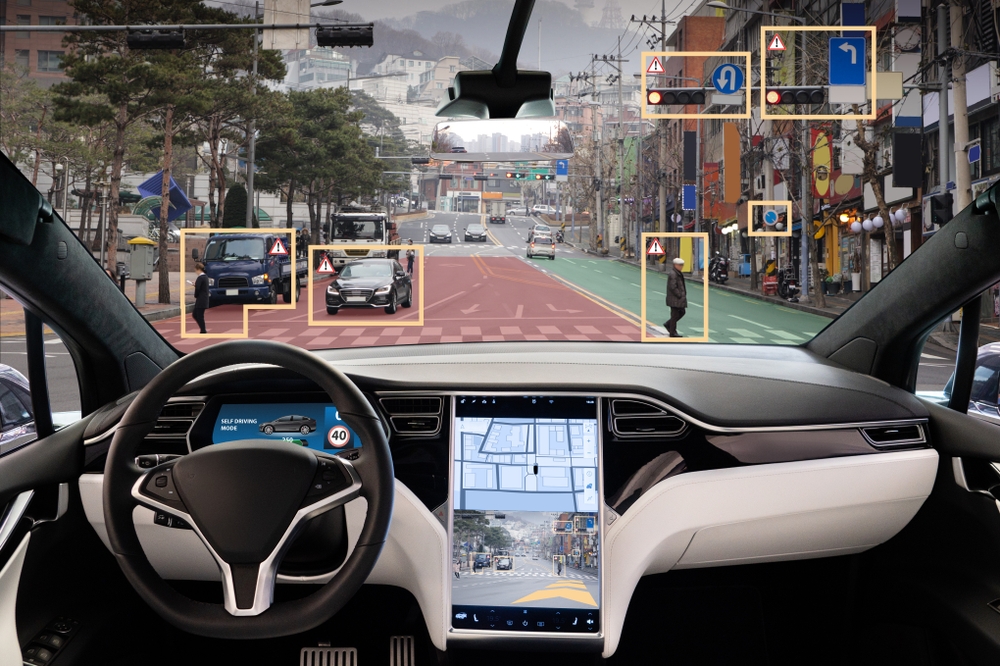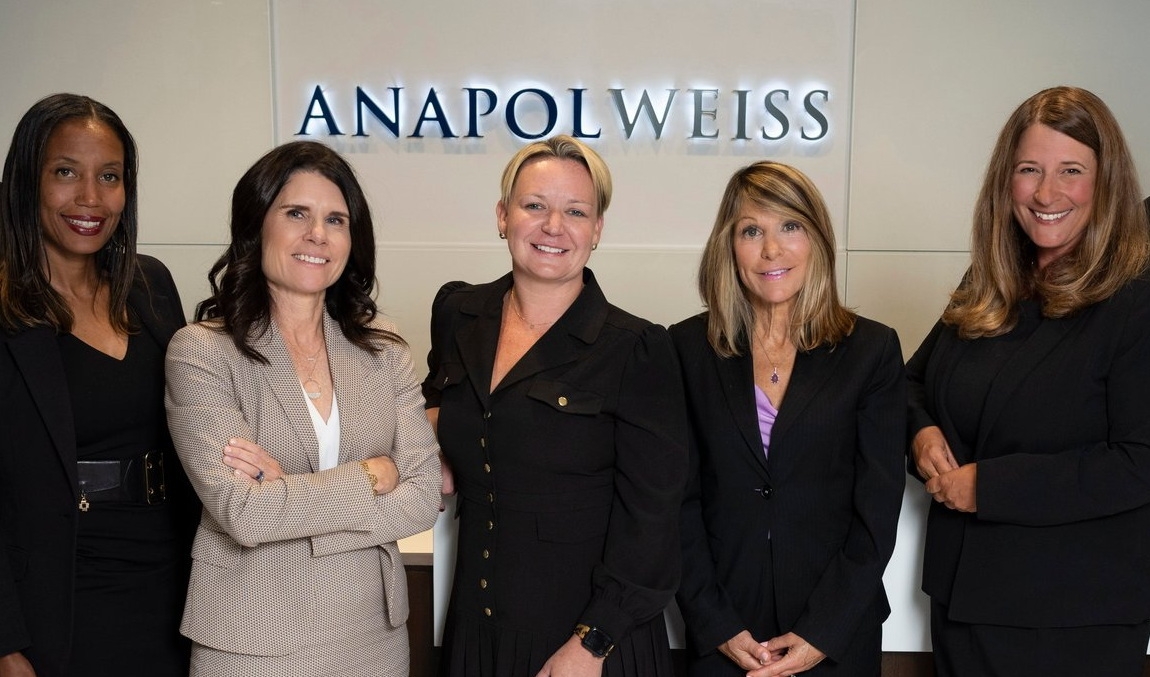
Tesla’s Autopilot system is one of the most widely discussed driver-assistance technologies on the road today. Marketed as a feature that can steer, accelerate, and brake automatically, Autopilot has become a familiar part of the company’s brand identity. However, with that popularity also comes controversy. Crashes involving Autopilot have led to lawsuits, federal investigations, and increasing concerns about whether the technology is safe enough for everyday drivers.
When a crash happens while Autopilot is engaged, the first question is always the same: who is actually responsible? The driver? Tesla? A third party? The answer depends on how the technology was used, how it failed, and whether Tesla properly warned consumers about its limitations. Understanding how liability works can help injured drivers know their rights.
How Tesla’s Autopilot Works (and What It Doesn’t Do)
Tesla describes Autopilot as an advanced driver-assistance system designed to help with steering, lane changes, speed adjustments, and traffic awareness. However, despite public perception, Autopilot is not a self-driving system. Drivers are required to keep their hands on the wheel, pay attention at all times, and be ready to take control immediately.
Some key limitations include:
- Autopilot can misread lane markings, especially when they are faded
- The system may not detect stopped vehicles
- Autopilot struggles with construction zones or unusual road patterns
- Sudden braking or acceleration can occur unexpectedly
- Due to system failures, autopilot may disengage without warning
Because Tesla promotes Autopilot as highly capable, there is growing concern that drivers may rely on it more heavily than they should, creating dangerous situations when the system fails.
When Autopilot Contributes to a Crash
If Autopilot malfunctions, the resulting accidents often involve:
- Rear-end collisions
- Lane-departure crashes
- Collisions with stopped vehicles
- Crashes involving pedestrians or cyclists
- High-speed accidents where the driver did not intervene in time
In fact, investigations by the National Highway Traffic Safety Administration (NHTSA) have found multiple cases where Autopilot failed to prevent predictable hazards.
Who Bears Legal Responsibility When Tesla Autopilot Fails?
When a crash occurs, several parties may share responsibility depending on the details of the incident.
1. Tesla May Be Liable for Defective Design or Software
Tesla can be held legally responsible if Autopilot contributed to the crash due to:
A design defect
If the software or hardware responsible for monitoring the road failed to operate safely, Tesla may face liability under product liability laws.
Failure to warn
Tesla has been criticized for overstating Autopilot’s capabilities while downplaying its risks. If the company’s marketing or in-vehicle messaging misleads drivers, Tesla may be liable for failing to provide adequate warnings.
Software bugs
Tesla frequently updates Autopilot through over-the-air (OTA) software patches. If a bug or faulty update made the system unsafe, this may form the basis of a claim.
Negligent testing
If Tesla released Autopilot features without sufficient testing or ignored known safety issues, the company may be held responsible for foreseeable accidents.
Tesla has faced multiple lawsuits arguing that the technology was marketed as safer and more autonomous than it truly is, making injuries more likely.
2. The Driver May Also Be Partially Responsible
Drivers may share liability if they:
- Overrelied on Autopilot
- Removed their hands from the wheel
- Failed to react to warnings
- Ignored speed limits
- Used Autopilot on roads where it is not recommended
Tesla requires drivers to pay full attention, regardless of what the system is doing. When a crash involves misuse or distraction, the driver may bear part of the responsibility.
However, the extent of driver responsibility often depends on whether the driver reasonably understood the system’s limitations based on Tesla’s marketing.
3. A Third Party May Bear Liability
Some accidents may involve:
- Another negligent driver
- Poorly maintained roadways
- Faulty roadway signs or markings
- Dangerous construction zones
In these situations, the negligence of a third party may contribute to the crash, creating a multi-defendant case.
Why Autopilot Cases Are Legally Complicated
Crashes involving Autopilot require careful investigation because the technology creates a unique mix of human and machine decision-making. Key challenges include:
- Retrieving electronic data: Tesla vehicles store detailed driving logs, which must be preserved and analyzed.
- Understanding how Autopilot behaved before the crash: Engineers may need to examine whether warnings were issued, whether sensors failed, or whether the system disengaged.
- Evaluating the driver’s expectations: If Tesla marketed Autopilot as safer or more autonomous than it was, that can influence liability.
- Investigating Tesla’s internal knowledge: Lawsuits have revealed concerns about whether Tesla knew certain Autopilot behaviors were unsafe.
Because of these complexities, victims need experienced legal representation to review the technology behind the crash.
What You Should Do If You Were Injured in a Crash Involving Autopilot
If you suspect Autopilot played a role in your accident, take these steps:
- Seek immediate medical care
- Photograph the scene and vehicle damage
- Record the Tesla model and Autopilot version if possible
- Do not allow Tesla or insurers to access your vehicle without legal guidance
- Preserve the car’s electronic data
- Avoid giving statements to insurance companies
- Contact an attorney with experience in product liability and automated-vehicle cases
Autopilot-related claims require technical analysis, expert testimony, and a thorough investigation into how the system behaved at the moment of the crash.
Similar Post: Crashworthiness: Assessing When Catastrophic Injuries from Vehicle Accidents are Caused by Failures in Design
Can You File a Lawsuit Against Tesla?
Yes, you can file a lawsuit against Tesla. Many victims have already filed lawsuits alleging that Tesla’s Autopilot system failed to perform safely or was misrepresented as nearly autonomous. Claims may include:
- Product liability
- Failure to warn
- Defective design
- Negligent marketing
- Wrongful death
- Negligence
If Tesla’s Autopilot contributed to the crash, victims may pursue compensation for a wide range of losses, including medical expenses, lost wages, pain and suffering, long-term impairment, vehicle damage, and, in the most tragic cases, wrongful death. Ultimately, the strength of the claim depends on proving how the Autopilot system failed and the role that failure played in causing the collision.
Call Anapol Weiss if You Were Injured in a Tesla Autopilot Crash
If Autopilot failed and caused an accident, you deserve answers and accountability. Anapol Weiss investigates crashes involving advanced driver-assistance systems and stands up to corporations that put consumers at risk. We have the resources and experience needed to take on complex technology cases and pursue full compensation for you.
Contact Anapol Weiss today for a free consultation so you can move forward with support, clarity, and a strong legal team on your side.
Disclaimer: This blog is intended for informational purposes only and does not establish an attorney-client relationship. It should not be considered as legal advice. For personalized legal assistance, please consult our team directly.

